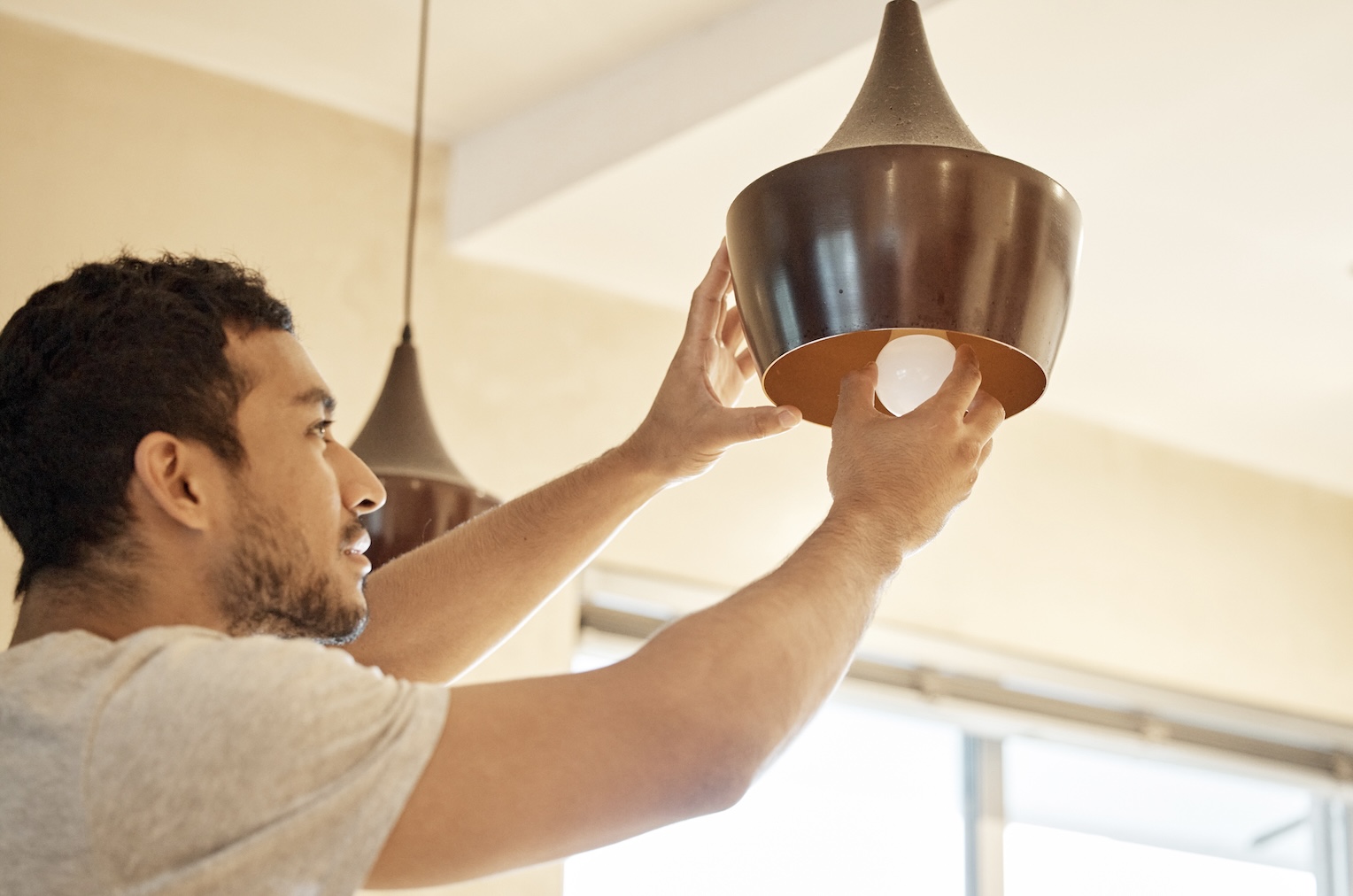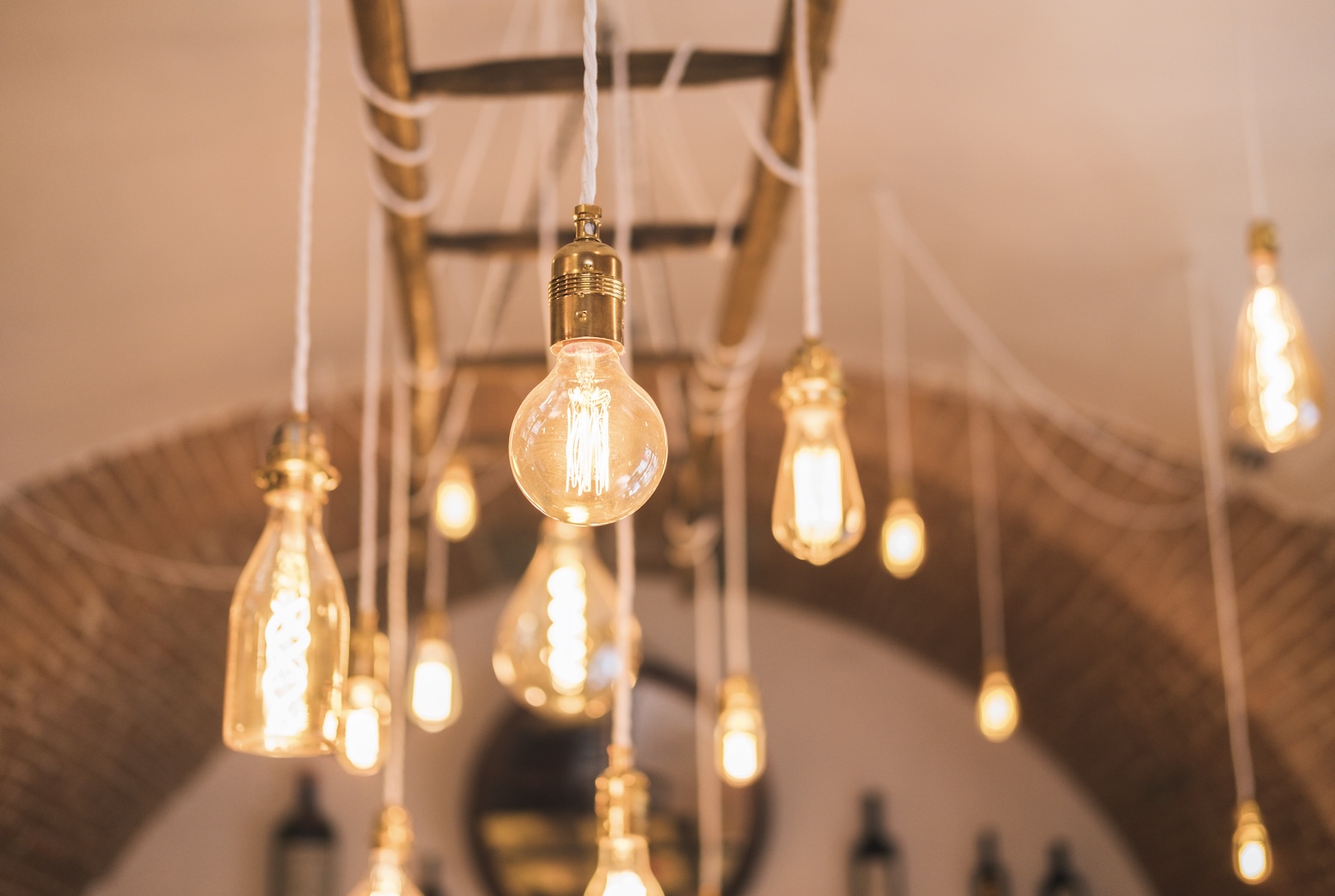Choosing the perfect lighting for your home can feel like searching for the missing piece of a puzzle. With so many options available, it’s easy to get dazzled by the sheer variety.
Fear not, aspiring interior designer! Here’s a handy guide to help you illuminate your space without losing your mind—or your sense of style.

1. Purpose and Functionality
First things first, consider the primary purpose of your lighting. Are you looking to create a cozy reading nook, brighten up a kitchen workspace, or set the mood in your living room? The function of the light will dictate the type and brightness needed.
2. Types of Lighting
There are three main types of lighting to consider: ambient, task, and accent. Ambient lighting provides general illumination, task lighting focuses on specific areas for activities like reading or cooking, and accent lighting adds drama by highlighting artwork or architectural features. A well-lit space often combines all three.
3. Style and Design
Your lighting should reflect your personal style and complement your home’s decor. Whether you prefer modern minimalism, rustic charm, or classic elegance, there are fixtures out there to match. Remember, lighting can be a statement piece, so choose something that makes you smile every time you flip the switch.
4. Energy Efficiency
Who doesn’t love saving money on their electric bill? Opt for energy-efficient bulbs like LEDs or CFLs. They may cost a bit more upfront, but they last longer and use less power, saving you money in the long run. Plus, they’re better for the environment, so it’s a win-win!
5. Brightness and Color Temperature
Lumens measure brightness, while Kelvins measure color temperature. For cozy, warm lighting, go for bulbs around 2700K. For bright, cool lighting, choose bulbs closer to 5000K. Matching the brightness and color temperature to the room’s purpose can make all the difference.

6. Dimmers and Controls
Adding dimmer switches gives you control over your lighting’s intensity, allowing you to create the perfect atmosphere for any occasion. Some modern systems even offer smart lighting controls, letting you adjust your lights with your phone or voice commands. Talk about convenience!
7. Size and Scale
A tiny lamp in a huge room can look out of place, while an oversized chandelier in a small space can be overwhelming. Scale is crucial when choosing fixtures. Measure your space and select lighting that complements the room’s proportions.
8. Placement and Installation
Strategically placing your lights can enhance the functionality and ambiance of a room. Think about where shadows might fall and how the light will spread. For larger installations, you might want to call in a professional electrician to ensure everything is safely and correctly installed.
9. Budget
Lighting can range from budget-friendly to exorbitantly expensive. Determine how much you’re willing to spend and stick to it. Remember, you can mix high-end statement pieces with affordable basics to create a balanced look.
10. Maintenance and Durability
Consider how easy it is to clean and maintain your lighting fixtures. Some materials, like glass or certain metals, may require more upkeep than others. Also, check the durability—especially for outdoor lights or fixtures in high-traffic areas.
So you’ve probably already noticed it while reading the article: choosing the perfect lighting involves more than just picking out a pretty fixture.
Think about the purpose, style, energy efficiency, and placement to create a well-lit, inviting space. With these 10 tips, you’re well on your way to brightening up your home in style. Happy lighting shopping!
